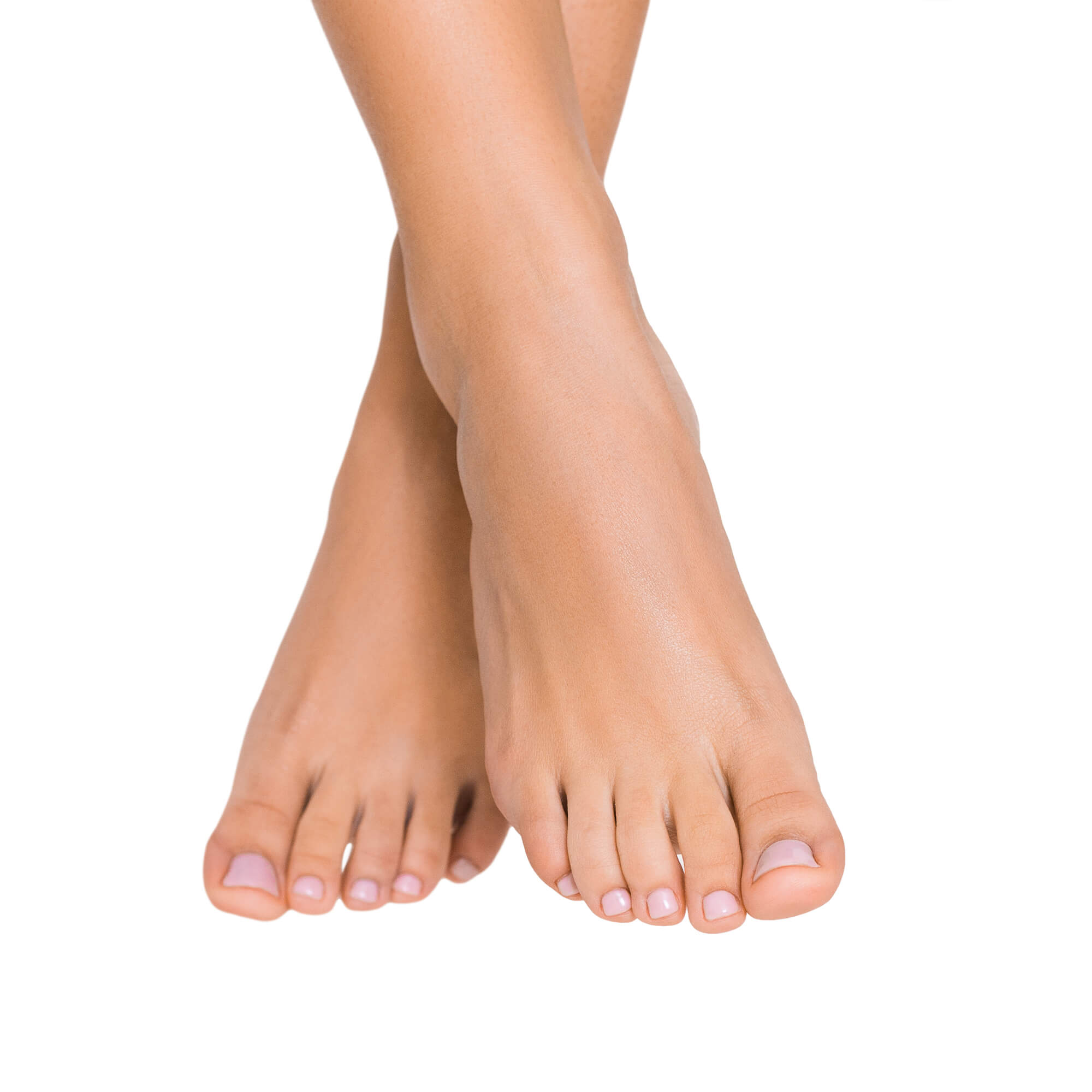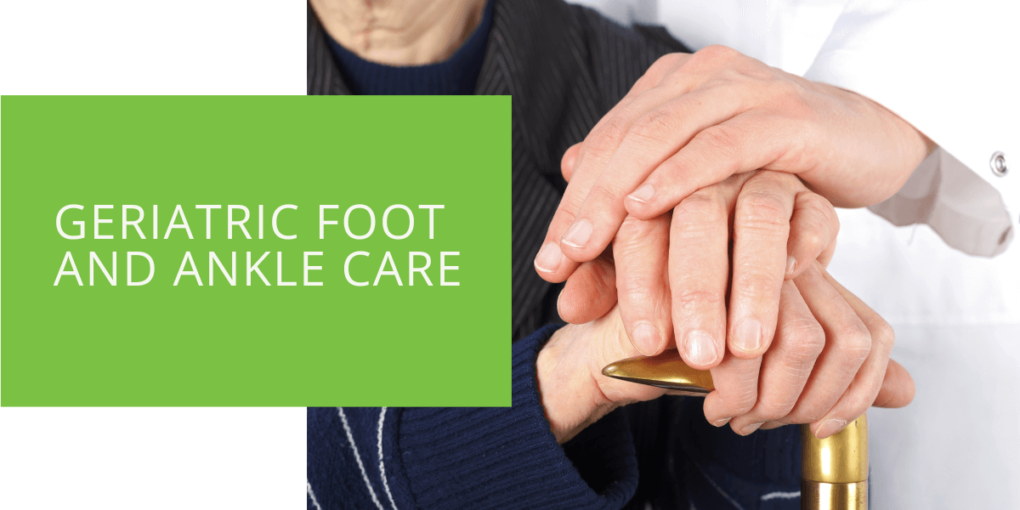Understanding Geriatric Foot and Ankle Care
As we age, our feet and ankles undergo changes that can make us more vulnerable to problems. Geriatric foot and ankle care is an important aspect of health for older adults, but it is often overlooked. The purpose of this article is to educate and inform the public about the anatomy and physiology of aging feet and ankles, common foot and ankle issues in older adults, and the preventative measures and treatment options available. This information is particularly useful for senior citizens, their caregivers, and anyone who is interested in maintaining good foot health in their later years.
Anatomy and Physiology of Aging Feet and Ankles
As we age, our feet and ankles undergo changes that can make us more vulnerable to problems. It is important to understand these changes to maintain good foot health in our later years.
Changes in The Bones and Joints
As we age, our bones and joints undergo changes that make them more vulnerable to problems. The bones in the feet and ankles become more brittle and are more likely to break. Arthritis, a common condition, can cause pain and swelling in the joints and limit mobility.
Changes in The Skin and Soft Tissue
The skin on the feet and ankles becomes thinner and less elastic with age, making it more susceptible to injury and infection. The fat pads in the feet, which provide cushioning and support, also shrink with age, making it more difficult to walk and stand comfortably.
Decreased Circulation and Nerve Function
As we age, our circulation and nerve function decreases, making it more difficult for the feet and ankles to receive the blood, oxygen, and nutrients they need to function properly. This can lead to conditions such as peripheral neuropathy, which can cause numbness, tingling, and pain in the feet and legs.

Common Foot and Ankle Issues in Older Adults
Older adults are more likely to experience problems due to the changes that occur in the bones, joints, skin, and soft tissue as we age. Some of the most common foot and ankle issues include:
Arthritis
Arthritis is a common condition in older adults, causing pain and swelling in the joints. It can make it difficult to walk and stand comfortably.
Fallen Arches (flatfoot)
Fallen arches, or flatfoot, is a condition in which the arch of the foot collapses, causing the foot to flatten. This can make it difficult for older adults to walk and stand comfortably.
Bunions
Bunions are bony growths that develop on the joint at the base of the big toe. They can cause pain and make it difficult for older adults to wear comfortable shoes.
Ingrown Toenails
Ingrown toenails occur when the edge of the toenail grows into the skin, causing pain and swelling. This is a common problem, especially those with poor nail-trimming habits or thick or curved nails.
Fungal Infections
Fungal infections, such as athlete's foot and toenail fungus, are common, especially those with diabetes or poor circulation. These infections can cause itching, burning, and pain and can be difficult to treat.
Peripheral Neuropathy
Peripheral neuropathy is a condition in which the nerves that supply the feet and legs become damaged, causing numbness, tingling, and pain. This is a common problem in older adults with diabetes.

Preventative Measures and Treatment Options for Geriatric Foot and Ankle Care
Fortunately, there are many preventative measures and treatment options available for geriatric foot and ankle care. These measures and options can help to reduce the risk of problems and improve the overall foot health.
Preventative Measures
There are many preventative measures that can be taken to reduce the risk of foot and ankle problems. Some of the most effective preventative measures include:
- Wearing properly fitting, supportive shoes
- Maintaining a healthy weight
- Doing regular exercises to improve circulation and strengthen the muscles in the feet and ankles
- Practicing good hygiene, including trimming nails regularly and washing feet daily
- Checking feet regularly for cuts, blisters, and other injuries
Treatment Options
If you are experiencing foot and ankle problems, there are many effective treatment options available. Some of the most common treatment options for geriatric foot care include:
- Over-the-counter pain relievers
- Physical therapy and exercises
- Custom orthotics, which are specially designed inserts that provide support and cushioning for the feet
- Surgical procedures, in severe cases
- Topical or oral antifungal medications for fungal infections
Conclusion
Geriatric foot and ankle care is an important aspect of health for older adults, but it is often overlooked. By understanding the changes that occur in the feet and ankles as we age and by taking preventative measures and utilizing effective treatment options, older adults can maintain good foot health in their later years. If you are experiencing problems, consult a podiatrist. Podiatrists are specialists in foot and ankle care and can help you find the best treatment options for your individual needs.
FAQ
What are common ankle problems in the elderly?
Several common ankle problems affect the elderly. These include:
- Arthritis, which causes pain, swelling, and stiffness in the joints
- Bunions, which are bony growths that develop on the joint at the base of the big toe
- Ingrown toenails, which occur when the edge of the toenail grows into the skin
- Fungal infections, such as athlete's foot and toenail fungus
- Peripheral neuropathy is a condition in which the nerves that supply the feet and legs become damaged, causing numbness, tingling, and pain
What does a podiatrist do for elderly patients?
A podiatrist is a specialist in foot and ankle care. For elderly patients, a podiatrist can provide a range of services, including:
- Evaluating foot and ankle problems and developing a treatment plan
- Prescribing medications, physical therapy, and exercises
- Fitting custom orthotics, which are specially designed inserts that provide support and cushioning for the feet
- Performing surgical procedures, in severe cases
- Treating fungal infections with topical or oral antifungal medications
How do elderly take care of their feet?
There are several ways that elderly can take care of their feet:
- Wearing properly fitting, supportive shoes
- Maintaining a healthy weight
- Doing regular exercises to improve circulation and strengthen the muscles in the feet and ankles
- Practicing good hygiene, including trimming nails regularly and washing feet daily
- Checking feet regularly for cuts, blisters, and other injuries
- Seeking treatment from a podiatrist if experiencing foot and ankle problems
It's important for older adults to prioritize their foot health, as problems with the feet and ankles can have a significant impact on mobility and quality of life. By taking care of their feet and seeking geriatric foot care and treatment from a podiatrist as needed, they can maintain good foot health in their later years.

